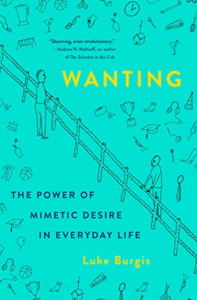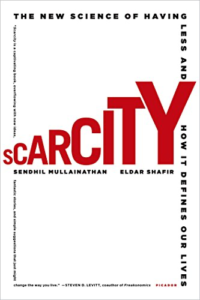In my last post we talked about what a motivation actually is, and defined how motivations influence our decision-making. A few people asked me for some examples of human motivations and what they mean. Here are some resources that may help.
First, it should be said that there are many different motivational psychology frameworks. I have a colleague who often reminds her clients that the frameworks and models are abstracted, generalized tools. In that sense, no single framework will always apply – she says “All models are wrong – but most can be very helpful.”
Keep this advice in mind as you review different frameworks. Knowing which will be most useful in any situation is not an exact science, and I often find that there are multiple forces at play.
The frameworks are good starting points to make sense of what we learn when we research our customers. But when we are thinking about how people make decisions relative to the products they buy, it helps to get more specific. Here are a few resources that can help in that regard.
Wanting by Luke Burgis
This book talks about how people’s desires are the result of the fact that they want to mimic models of their ideal. For example, we may aspire to be like a celebrity we admire. This causes us to buy products and mimic behaviors that mimic those of the celebrity. It gets more interesting when he talks about how we mimic our peer rivals in competitive ways.
Motivation Code by Todd Henry, Rod Penner, Todd W. Hall, and Joshua Miller
This book talks about how we are motivated in our work. What drives us to pursue certain types of work and achieve certain goals? Our underlying values are part of it, but this talks about how you are motivated to express your values. It has an assessment so you can see what motivates you personally. There is a free version of the assessment in the book, and a more in-depth, paid version that can be found on the website.
Scarcity by Sendhil Mullainathan and Eldar Shafir
This book talks about how our decision-making changes when we are under scarcity conditions. This could be scarcity of time, money, or any other resource. It shows how the scarcity condition can hijack our normal decision-making process, making the alleviation of scarcity the primary motivation that overrides all others.
Taken together, I think these three resources show us that people are “under the influence” of several motivations in any given moment. That’s why it is so important to understand the context in which a potential customer may use our products and services.
For example, let’s say you aspire to emulate a beloved role model. This aspiration may influence your behavior, the things you buy, the career path you choose, etc. But why did you choose that particular role model? The answer will influence how you actually decide to emulate the role model. What products and services would help you to do that?
What if you are suddenly thrown into a crisis and you lose your job and have no money? This sudden condition will certainly override your previous decision process. The context in which you will be making decisions has abruptly changed. Your choices of products and services would most certainly change.
When designing products and services, we need to be aware of the context in which our customers are making decisions about the products and services we design. What is influencing their decisions today and how does this emotionally affect them? Would they be happier or better off if it was different? How could your product or services help them to get to where they want to be?
This may seem to be a very squishy way to develop new products and services. How do I deliver “happiness,” “confidence,” or “calm?” as examples. It seems unrelated to the day-to-day activities that actually get new products out the door.
Doing the work to get this right will enable you to develop products and services that will be very difficult for competitors to copy. Your customers will give rational reasons why they chose your offering, but your work will go deeper than that. What you learn will drive every aspect of your business, and you will soon be able to develop offerings that the customer did not even think to ask for. This is how you can lead your market.
This approach has worked for my clients for over 20 years. How do you think about designing products that satisfy your customer’s deeper motivational needs?




